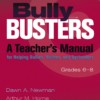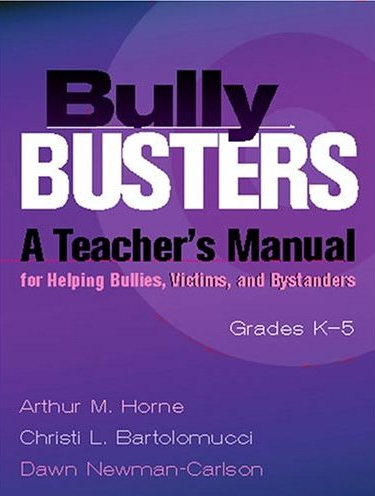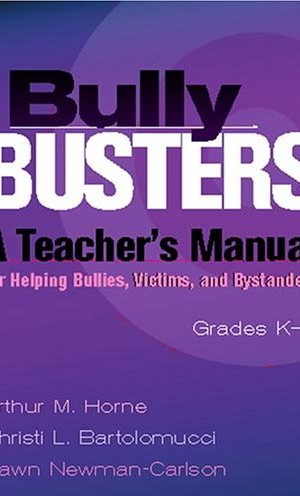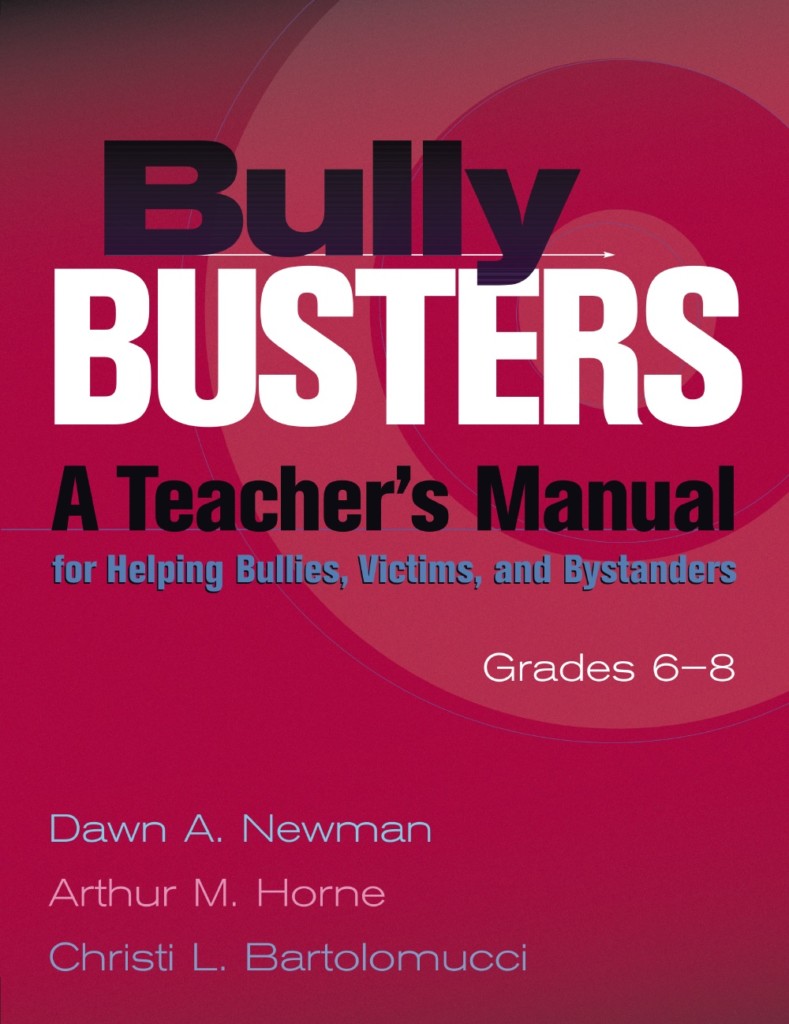The Bully Busters Approach
The Bully Busters approach is research based and emphasizes both control and prevention. It helps teachers increase their awareness, knowledge base, and intervention skills to attack the root causes of bullying behavior and to deal with the problem confidently.
The manual is organized into seven modules. Each module includes a teacher information component and a series of classroom activities. The activities (39 in all) are designed to increase student participation in reducing and preventing bullying, as well as to strengthen the teacher/student relationship. An accompanying CD of all the reproducible forms and student handouts is included with the book.
Book Reviews
“Bully Busters offers guidelines for teacher support groups and information about why bullies are bullies, why victims are victims, and what can be done to prevent bullying in the classroom. . . . Bully Busters is important not only because it provides a medium for problems to begin to be understood and changed by students, but because it is a reminder that teachers are important in facilitating that understanding and change.”
—Youth Today, The Newspaper on Youth Work
“As how-to manuals for teachers, these two volumes. . . serve as comprehensive educational and team building guides, and they function as classroom curriculum resources. For K-8 school counselors who are looking to take the lead with a proven program to combat bullying, Bully Busters deserves serious consideration.”
—Larry L. Hill, Counseling Today, American Counseling Association
“Classroom activities center around promoting self-concept, listening skills, and discussions of bullying. . . . Considerable attention is paid to training areas, including cognitive retraining, empathy skills, social skills, anger control, and problem-solving.”
—Steven R. Rose, Social Work with Groups






